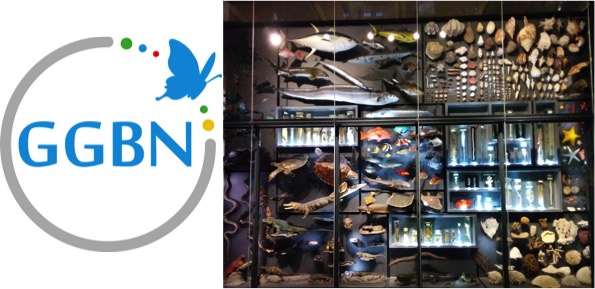Every day, scientists race against extinction to study and preserve millions of species that hold important clues for medicine, biotechnology, and sustainability. But what happens if these experts speak different languages, use different procedures, and can’t easily share vital findings with each other?
Ocean Genome Legacy (OGL) is a leader in the international effort to help scientists and species by making biodiversity research more cooperative and efficient. OGL is a core member of the Global Genome Biodiversity Network (GGBN), a partnership of natural history museums, botanical gardens, and other institutions dedicated to making the world’s DNA samples readily accessible for research.

The OGL biorepository works with scientists around the globe to preserve valuable DNA samples that can lead to new cures and discoveries. Please consider helping us protect the biodiversity of our marine life with your gift today.
By connecting the world’s experts, developing best practices, and setting consistent standards, OGL and other GGBN partners are transforming the way we preserve the genomic diversity of life on Earth. At the Second GGBN Conference in Berlin, OGL’s Biorepository Manager Dr. Charlotte Seid helped plan new collaborations and presented on OGL’s varied and creative approaches to sampling the biodiversity of the sea. As the only GGBN core member with a marine focus, OGL provides a unique perspective on some of our planet’s most mysterious species, which urgently need new knowledge to guide their protection. Thanks to the connections sparked by this international gathering, OGL and its partners are leading the way to accelerate biodiversity conservation.
